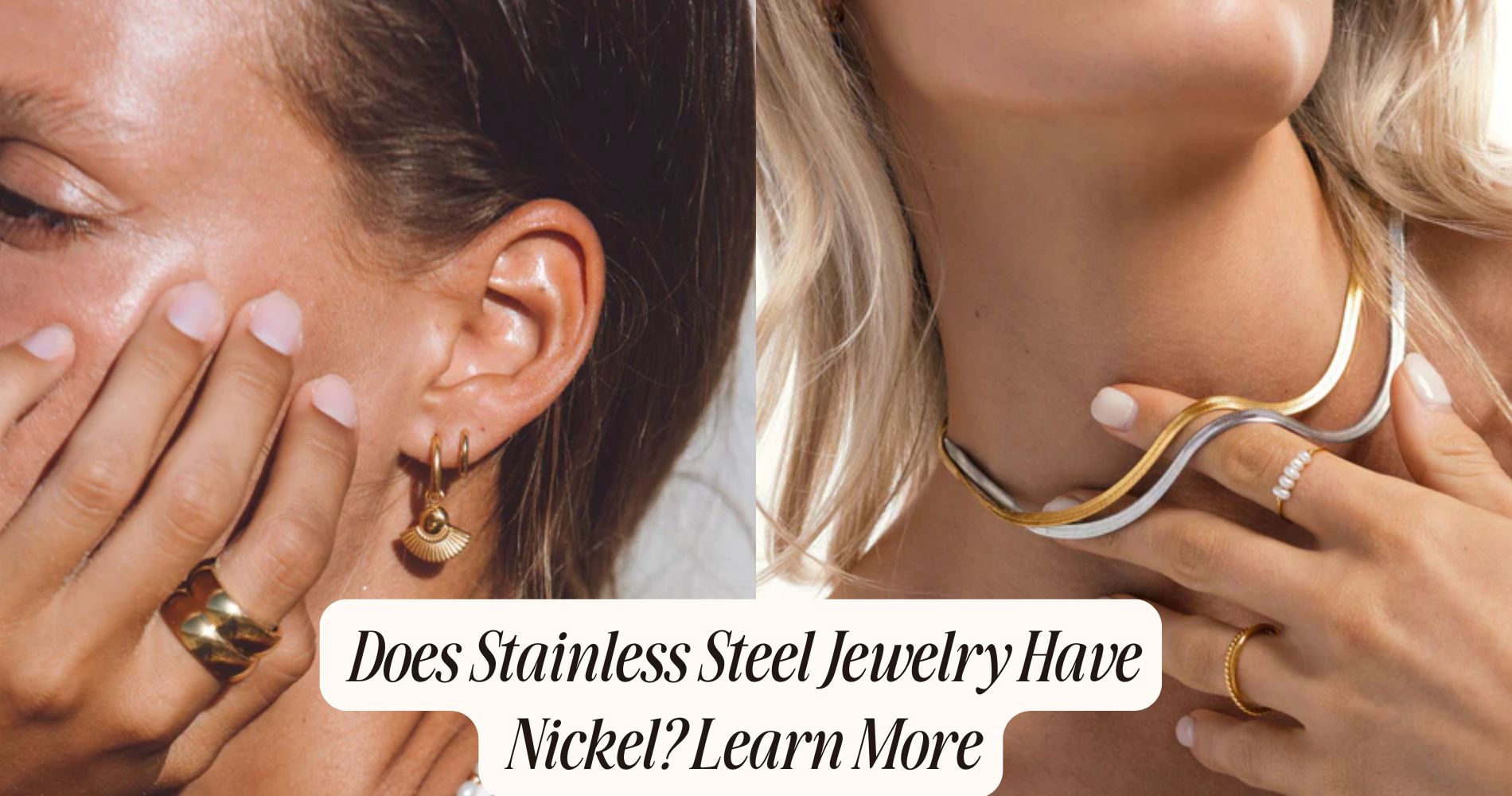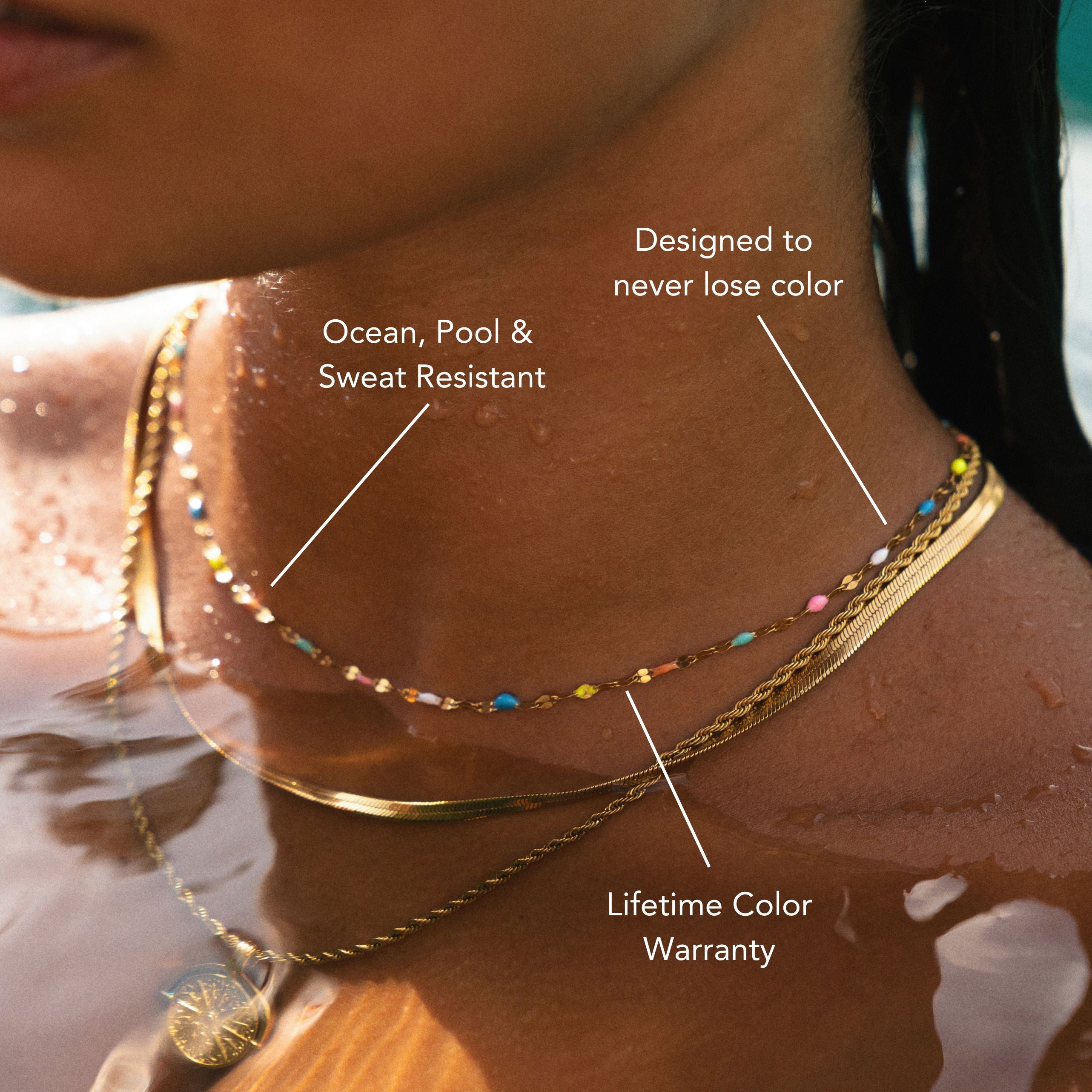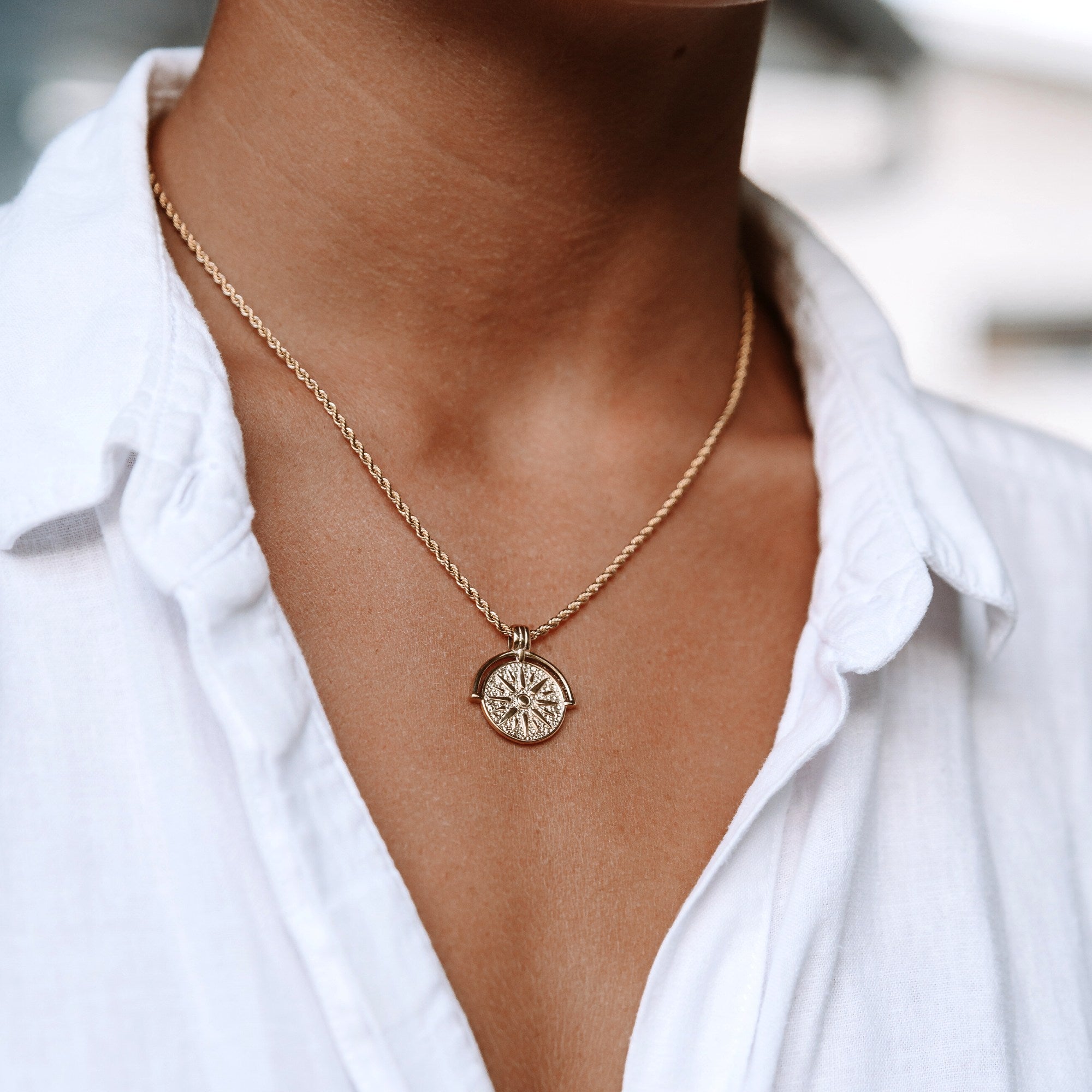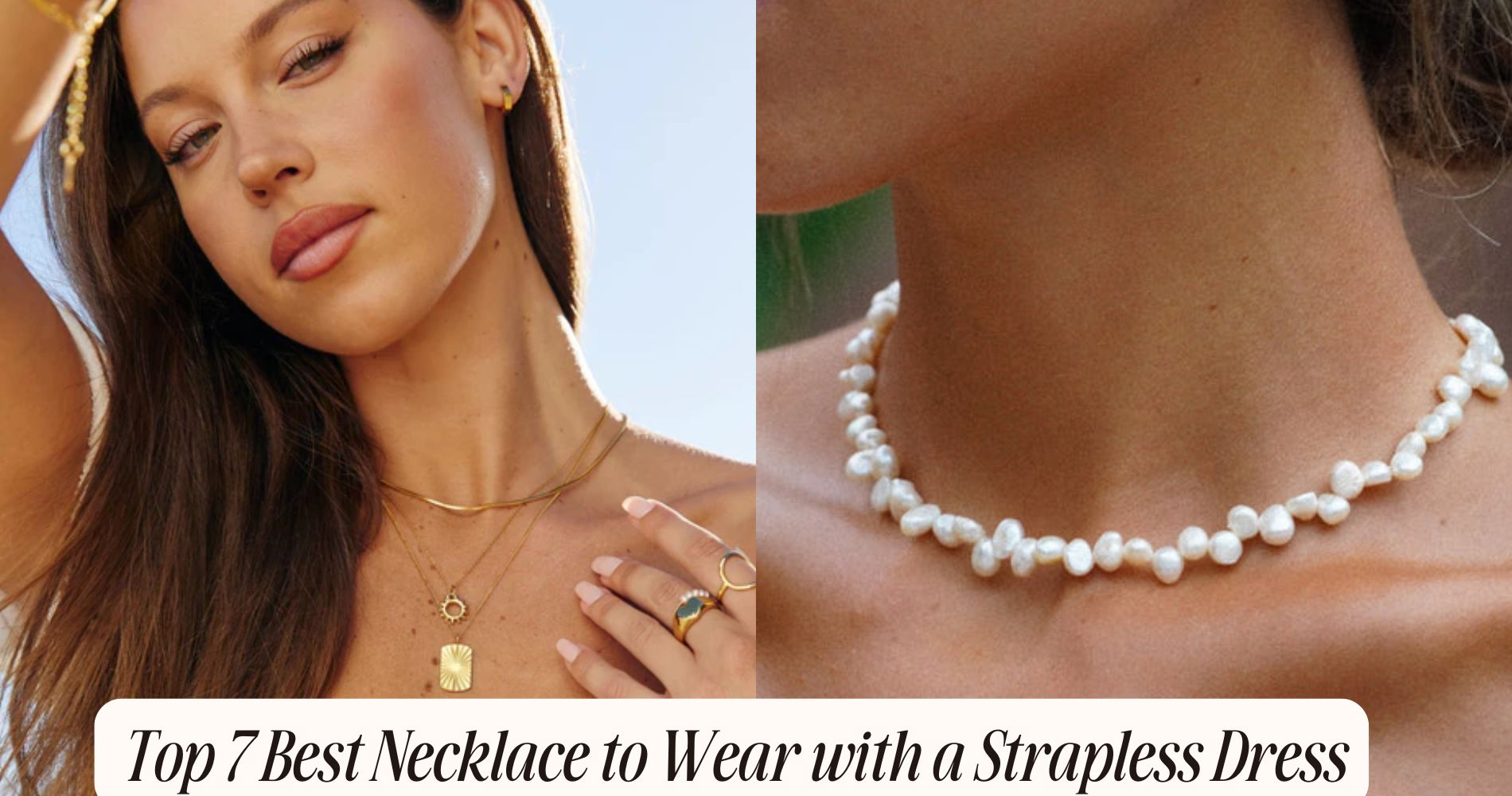
Does Stainless Steel Jewelry Have Nickel? Learn More
Does stainless steel jewelry have nickel? Yes, stainless steel jewelry can contain nickel, particularly in austenitic grades such as 304 and 316. These alloys typically have higher nickel content, enhancing their durability and corrosion resistance. However, this nickel can trigger allergic reactions in some individuals. If you're sensitive, look for hypoallergenic options like 316L stainless steel, which usually has lower nickel levels. Alternatively, there are Nickel-Free Jewelry varieties available, designed specifically for those with sensitivities. To guarantee safety, consider testing your jewelry for nickel content or consulting with a jeweler. Exploring the options can help you find the right pieces for your needs
Understanding Stainless Steel Composition
Stainless steel's unique composition sets it apart from other metals, making it a popular choice for jewelry. This alloy primarily consists of iron, chromium, and often nickel, which contribute to its impressive stainless steel properties. The chromium content, usually at least 10.5%, forms a passive layer of chromium oxide on the surface, providing exceptional corrosion resistance. This feature guarantees that your jewelry maintains its luster and appearance over time, even when exposed to moisture and various environmental conditions.
One of the standout characteristics of stainless steel is its durability. Unlike traditional metals, stainless steel resists tarnishing, scratching, and bending, making it an ideal option for everyday wear. Its strength allows for intricate designs without compromising structural integrity.
Additionally, the alloy's resistance to rust and oxidation means you won't have to worry about frequent maintenance or replacement, enhancing the longevity of your pieces.
When selecting stainless steel jewelry, you're investing in items that combine aesthetic appeal with practical functionality. Understanding these stainless steel properties can help you appreciate the value of your jewelry and its ability to withstand the test of time.
The Role of Nickel in Alloys
Nickel plays an important role in stainless steel alloys, enhancing corrosion resistance and improving overall durability.
You'll find various types of stainless steel, each with different nickel content, which affects their properties.
However, it's vital to take into account allergy implications, as some individuals may react to nickel exposure in jewelry.
Nickel's Purpose in Alloys
Alloys often achieve their superior performance and durability through the inclusion of specific metals, with nickel playing an essential role. Nickel properties, such as corrosion resistance and mechanical strength, greatly enhance the overall characteristics of the alloy. When you incorporate nickel into stainless steel, you're not just adding a metal; you're improving the material's ability to withstand harsh environments.
One of the key alloy advantages of nickel is its ability to stabilize the austenitic structure in stainless steel, which contributes to its formability and toughness. This means that the final product isn't only durable but also can be shaped into complex designs without compromising its integrity.
Nickel also improves the resistance to oxidation and pitting, making the alloy suitable for various applications, from kitchenware to medical devices.
Additionally, nickel's role in enhancing ductility allows for easier fabrication and welding, making it a preferred choice in numerous industries. Understanding these properties helps you appreciate why nickel is an essential component in high-quality stainless steel jewelry and other alloyed products.
Types of Stainless Steel
When exploring the various types of stainless steel, it's crucial to recognize how nickel influences their properties and classifications.
Stainless steel grades are primarily categorized into three groups: austenitic, ferritic, and martensitic. Austenitic stainless steels, such as 304 and 316, contain higher nickel content, which enhances their corrosion resistance and ductility. This makes them ideal for jewelry applications, where durability is paramount.
Ferritic stainless steels, like 430, have lower nickel levels, resulting in reduced corrosion resistance compared to austenitic grades. While they may be suitable for some decorative items, their performance in jewelry durability can be compromised.
Martensitic grades, such as 410 and 420, are characterized by higher carbon content and hardness, but they typically contain minimal nickel, which can affect their resistance to corrosion.
Understanding these stainless steel grades helps you make informed choices about jewelry. If you prioritize longevity and resistance to wear and tear, opting for austenitic stainless steel jewelry is your best bet.
Allergy Considerations and Solutions
Many people face challenges with metal allergies, particularly when it comes to jewelry. Nickel, often used in stainless steel alloys, can trigger skin sensitivity in those who are allergic. If you suspect you have a nickel allergy, allergy testing can confirm your condition. This typically involves a patch test conducted by a dermatologist, where small amounts of nickel are applied to your skin to observe any reactions.
Understanding the composition of stainless steel jewelry is vital. Not all stainless steel contains the same levels of nickel; some grades are specifically formulated to be hypoallergenic. For instance, 316L stainless steel, often used in jewelry, contains lower nickel content and is generally well-tolerated by those with allergies.
If you experience discomfort or irritation, consider switching to hypoallergenic alternatives like titanium or surgical-grade stainless steel. Additionally, using a protective clear coat on jewelry can act as a barrier, reducing direct contact with your skin.
Types of Stainless Steel Jewelry
When exploring types of stainless steel jewelry, you'll encounter various common alloys that cater to different preferences and needs.
These include rings, necklaces, bracelets, and earrings, each offering unique designs and durability.
If you're concerned about nickel allergies, there are also nickel-free options available that maintain the same aesthetic and strength.
Common Stainless Steel Alloys
Stainless steel jewelry's appeal largely stems from the various alloys used in its creation, each offering distinct characteristics. The most common types include 304 and 316L stainless steel.
304 stainless steel, known for its corrosion resistance, is widely used in jewelry applications. However, it may contain higher nickel content, which could be a concern for those with sensitivities.
On the other hand, 316L stainless steel is often preferred for jewelry due to its lower nickel content and enhanced alloy strength, making it suitable for long-term wear. This alloy is frequently used in marine environments, demonstrating its durability and resistance to tarnishing.
Another notable alloy is 430 stainless steel, which is less expensive and offers moderate corrosion resistance. While it's not as strong as 316L, it's often used in fashion jewelry for its affordability.
When considering stainless steel for jewelry, understanding these alloys helps you choose the right piece that meets your needs. By recognizing the differences in alloy strength and stainless steel applications, you can select jewelry that not only looks good but also stands the test of time.
Types of Jewelry Pieces
Among the diverse types of stainless steel jewelry, you'll find a wide array of pieces designed to suit various tastes and occasions. Stainless steel's durability and resistance to tarnish make it a popular choice for different jewelry styles, including necklaces, bracelets, earrings, and rings.
When it comes to necklaces, you can choose from simple chains to intricate pendants, fitting any fashion trends you might want to follow.
Stainless steel bracelets often range from sleek bangles to rugged cuff designs, appealing to both minimalist and bold styles.
Earrings made of stainless steel come in various forms, such as studs, hoops, or drop earrings, allowing you to express your individuality effortlessly.
Rings in stainless steel have gained popularity for their contemporary look. They can be adorned with gemstones or left plain for a more understated elegance.
Additionally, stainless steel jewelry is often used in personalized pieces, such as engraved items or charm bracelets, enabling you to create a unique statement.
Nickel-Free Options Available
Many people seek nickel-free options in stainless steel jewelry, especially those with sensitive skin or allergies. As nickel sensitivity awareness grows, the jewelry market trends have shifted to accommodate these needs.
You'll find various types of stainless steel that are specifically formulated to be nickel-free, guaranteeing a comfortable wearing experience.
One popular option is surgical stainless steel, often composed of 316L or 316LVM grades. These alloys contain minimal nickel, making them suitable for those with sensitivities.
Another alternative is titanium, which is entirely nickel-free and offers excellent durability and hypoallergenic properties.
You can also explore stainless steel jewelry labeled as hypoallergenic. These pieces are designed to minimize skin reactions and often feature coatings or finishes that block nickel exposure.
When shopping, look for products explicitly labeled as "nickel-free" or "hypoallergenic" to guarantee you're making a safe choice.
With the growing demand for nickel-free options, you'll find an expanding variety of stylish pieces that cater to your needs without compromising on design or quality.
Nickel-Free Stainless Steel Options
When searching for jewelry that's both stylish and safe for sensitive skin, nickel-free stainless steel options stand out as an excellent choice. These alternatives are specifically designed for those with nickel sensitivity awareness, ensuring that your skin remains irritation-free while you enjoy your accessories.
Nickel-free stainless steel typically comprises a combination of iron, chromium, and molybdenum, making it resistant to corrosion and tarnishing. This composition not only enhances durability but also addresses concerns regarding allergic reactions to nickel, a common metal in jewelry.
When selecting nickel-free options, look for products labeled as "hypoallergenic" or explicitly stating they're nickel-free. Many reputable manufacturers provide detailed information about their materials, allowing you to make informed decisions.
Additionally, consider checking for certifications or testing results that confirm the absence of nickel in the jewelry. By opting for these nickel-free stainless steel options, you can confidently express your style without compromising your skin's health.
Ultimately, investing in quality jewelry that prioritizes your comfort and health pays off in the long run.
Allergic Reactions to Nickel
Allergic reactions to nickel can be both uncomfortable and frustrating for those affected. If you have nickel allergies, even minimal exposure can trigger skin reactions, such as redness, itching, and swelling. These symptoms often occur when nickel-containing jewelry comes into contact with your skin, leading to inflammation and discomfort.
Nickel allergies are quite common, with a significant portion of the population experiencing them. The severity of skin reactions can vary from person to person; some may develop localized dermatitis, while others might experience more widespread rashes.
When you wear jewelry that contains nickel, the metal can leach into your skin, especially in warm or humid conditions, exacerbating the allergic response.
To avoid these reactions, it's crucial to identify and limit your exposure to nickel. Consider opting for nickel-free jewelry options, which are designed to minimize the risk of allergic reactions.
If you're unsure about the metal content in your jewelry, consult with the retailer or manufacturer for clarity. Understanding your nickel allergies and their potential effects can help you make informed choices about the jewelry you wear, ultimately enhancing your comfort and well-being.
Identifying Nickel in Jewelry
Identifying nickel in jewelry is important for anyone sensitive to this common allergen. Nickel can cause allergic reactions, making it essential to determine its presence in your jewelry. You can conduct nickel testing at home or seek professional jewelry inspection services for accurate results.
For at-home testing, consider using a nickel test kit, which typically includes a solution that changes color upon contact with nickel. Simply apply the solution to a small, inconspicuous area of the jewelry. If the color changes, the piece contains nickel.
During jewelry inspection, look for markings or labels indicating the metal composition. Stainless steel is often labeled as 316L or 304, which are generally low in nickel. However, some lower-quality stainless steel may still contain nickel, so testing is wise.
If you're unsure about the jewelry's material, consult with a jeweler who can offer guidance and perform more thorough testing.
Care for Stainless Steel Jewelry
Caring for stainless steel jewelry guarantees its longevity and maintains its aesthetic appeal. To keep your pieces looking their best, employ effective cleaning techniques.
Start by using a soft, lint-free cloth to wipe down your jewelry after each wear. This helps remove oils and dirt that can accumulate over time. For deeper cleaning, mix warm water with a mild soap solution. Soak your jewelry for a few minutes, then gently scrub with a soft brush to reach intricate areas. Rinse thoroughly and dry with a clean cloth to avoid water spots.
Proper storage is equally important. Keep your stainless steel jewelry in a dry, cool place, away from direct sunlight.
Consider using a jewelry box lined with fabric or individual pouches to prevent scratches and tangling. Avoid storing your pieces in humid areas, as moisture can lead to tarnishing over time.
Benefits of Wearing Stainless Steel
Why choose stainless steel jewelry? One of the standout benefits is its exceptional durability. Unlike other materials, stainless steel resists scratches, tarnishing, and corrosion, ensuring your pieces maintain their luster over time. This durability means you won't need to replace your jewelry frequently, saving you money in the long run.
Another significant advantage is design versatility. Stainless steel can be crafted into a wide range of styles, from sleek and modern to ornate and classic. This flexibility allows you to find pieces that suit any occasion, whether you're dressing up for a formal event or accessorizing casual wear.
Additionally, stainless steel is hypoallergenic, making it a suitable option for those with sensitive skin. You can wear it comfortably without the worry of irritation.
The material's resilience also means it can withstand everyday wear, making it an ideal choice for active lifestyles.
Alternative Materials for Sensitive Skin
What alternatives exist for jewelry that won't irritate your sensitive skin? If you're prone to allergic reactions, consider titanium jewelry. This material isn't only lightweight but also highly durable and resistant to corrosion.
Titanium is biocompatible, meaning it won't cause adverse reactions, making it an excellent choice for those with sensitivities.
Another option is surgical-grade stainless steel, which is specifically designed to minimize nickel content. Look for pieces labeled as hypoallergenic; these are typically crafted from materials that are less likely to trigger skin reactions.
Additionally, you might explore jewelry made from other hypoallergenic materials such as ceramic, silicone, and certain types of glass. These materials are generally safe for sensitive skin and come in a variety of styles and designs, allowing you to maintain your personal aesthetic without compromising comfort.
Lastly, consider precious metals like platinum and fine gold, which are less likely to irritate skin due to their purity.
Frequently Asked Questions
How Can I Tell if My Stainless Steel Jewelry Contains Nickel?
To determine if your stainless steel jewelry contains nickel, conduct nickel testing using a simple solution. This testing identifies the jewelry composition, helping you avoid allergic reactions and ensuring you wear safe, nickel-free accessories.
Does Stainless Steel Jewelry Tarnish Over Time?
Stainless steel jewelry's durability guarantees it resists tarnishing better than other metals. However, regular jewelry maintenance, like cleaning, can enhance its shine and longevity, preventing any potential discoloration over time.
Can I Wear Stainless Steel Jewelry in Water?
You can wear stainless steel jewelry in water due to its water resistance, but for ideal jewelry care, avoid prolonged exposure. Rinse and dry it after use to maintain its appearance and prevent potential tarnishing.
Is Stainless Steel Jewelry Hypoallergenic?
Stainless steel jewelry can be hypoallergenic, depending on its alloy composition. If it contains nickel, individuals with nickel allergies might experience reactions. Always check specific jewelry materials to guarantee they meet your sensitivity needs.
What Is the Difference Between 316L and 304 Stainless Steel?
When comparing 316L and 304 stainless steel, you'll notice that 316L has superior corrosion resistance and is often preferred for jewelry care. Understanding stainless steel properties helps you choose the right material for your needs.
Conclusion
In summary, while many stainless steel jewelry pieces contain nickel, there are nickel-free options available for those with sensitivities. Understanding the composition of stainless steel and identifying potential allergens is essential for your skin's health. By choosing the right type of stainless steel or alternative materials, you can enjoy stylish accessories without irritation. Remember to care for your jewelry properly to maintain its appearance and longevity. Make informed choices to guarantee comfort and safety in your jewelry selection.























Leave a comment
This site is protected by hCaptcha and the hCaptcha Privacy Policy and Terms of Service apply.